4 Ways Water Heater Upgrades Can Reduce Your Carbon Footprint
No matter how high your water heater is turned up, the hot water can take a while to reach your farthest bathroom and may lose quite a bit of heat along the way. When searching for solutions to this inconvenience, you may come across the idea of a hot water recirculating pump and loop system.
Although they’re not for everyone, hot water recirculating loops can be very convenient and can even be modified to be eco-friendly. Here’s what you need to know about hot water recirculation systems.
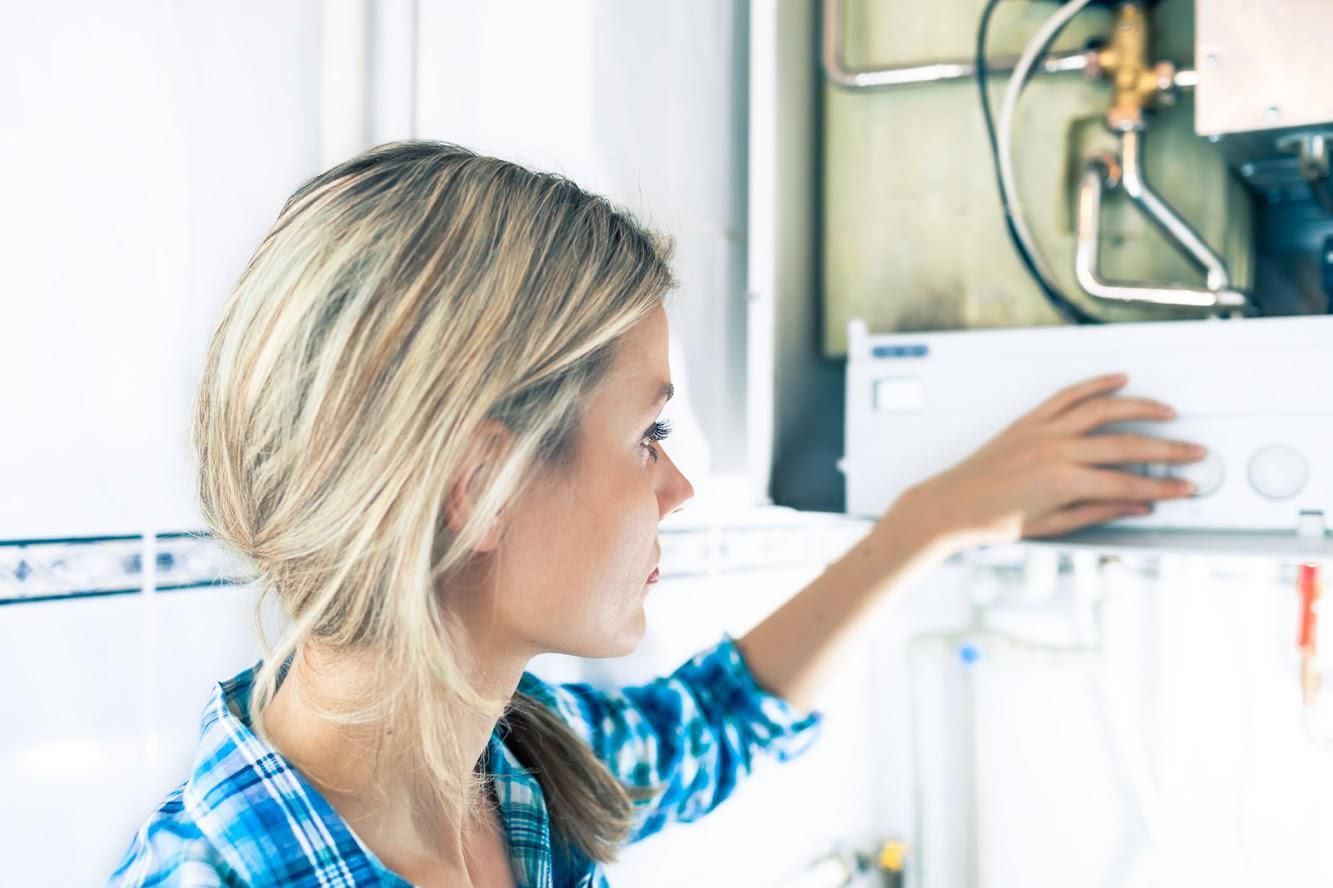
1. Water Heater Temperature Settings
One of the easiest ways to reduce the energy consumption in your water heater is by reducing the maximum temperature of the water. Many water heaters are set to 140 degrees. A reduction from 10 to 20 degrees will make a big difference and still provide you with hot enough water to shower and do dishes.
The reduction means the water tank will not need to refill and reheat the water as much. You can save on all your home energy costs and have hot water access throughout the day. Some of the thermostat and temperature settings are more complicated, depending on the water tank model you own.
A plumber will adjust the temperature and test the water to ensure the heat did not lower too much and you have ideal hot water options for your home needs.
2. Insulated Water Heaters
The key to reducing the water tank energy costs is to find ways to keep the hot water kept warm for longer. One method ideal for older tanks is the use of an insulation wrap around the tank. The padded wrap will completely cover a tank and help close in the warm temperatures.
Also referred to as a blanket, the insulation is ideal for older tanks because the tank material is often thinner and heat escapes from the outside a lot easier. A plumber can help install and fit an insulated tank blanket securely around the water tank so pipes are not blocked and the wrap works efficiently.
On some models, you may seek out floor insulation so heat doesn’t escape from the bottom of the tank as well. A plumber will help determine the best solution for the insulation.
3. New Water Heaters
As you seek out better efficiency from your water heater, consider the installation of a new water heater. Technology is constantly changing and water heater companies are always looking for ways to improve energy efficiency. A new water tank will provide you with better insulation, better performance, and reduce your carbon footprint at the same time.
Along with better energy efficiency, you may seek out a water heater with slightly less water. Reducing the number of gallons in your water tank can dramatically change your energy bills. For example, if you opt for a 40-gallon tank as opposed to a 50 gallon, you save ten gallons of heated water every time the tank needs to refill.
4. Tankless Water Heaters
Not only can you reduce the tank size in your home, but you can eliminate the tank altogether. A tankless water heater is one of the best options for reducing energy costs in your home. The tankless water heater will only heat up water when you need it. Water is not constantly kept warm and your home doesn’t waste energy storing a constant source of hot water each day.
A tankless heater will heat water instantly and provide the streams of hot water to any water source located in your home. The energy savings go a long way and a plumber has the tools and technology to upgrade and install a tankless water system in your home.
Contact us at
Quality Plumbing to discuss and plan out your water tank upgrades. We will use our knowledge to help break down your savings and answer any questions you have about hot water heaters.

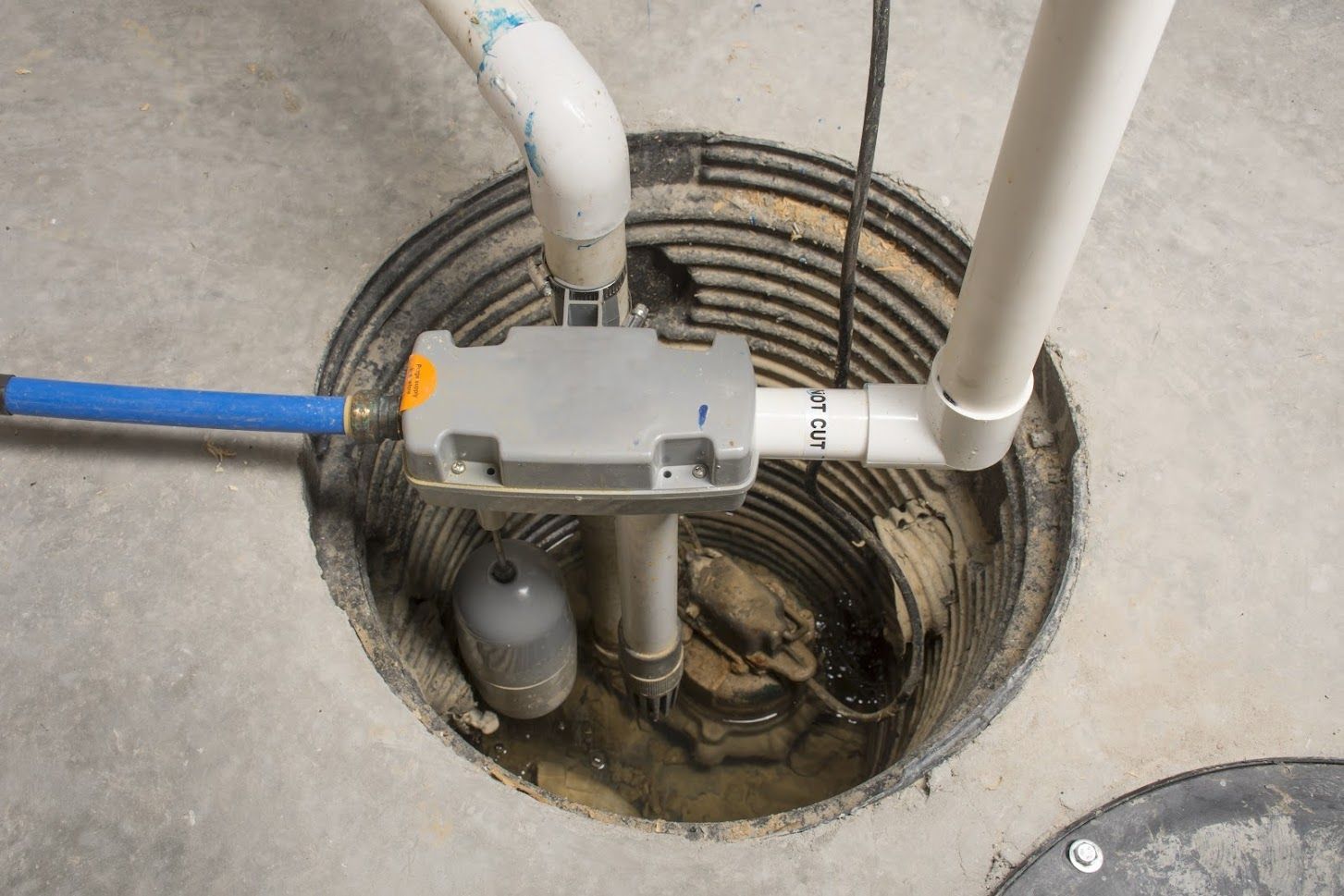

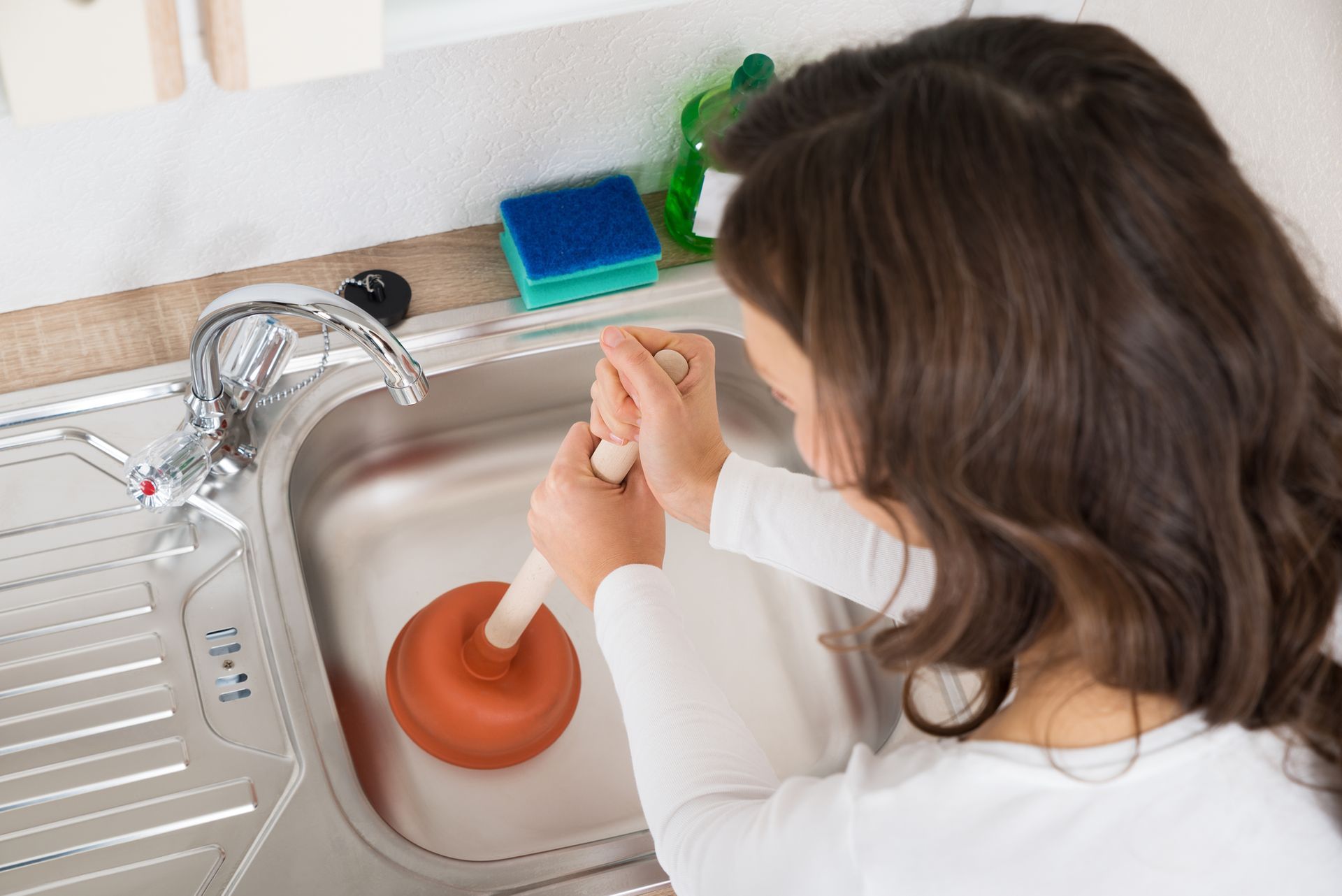

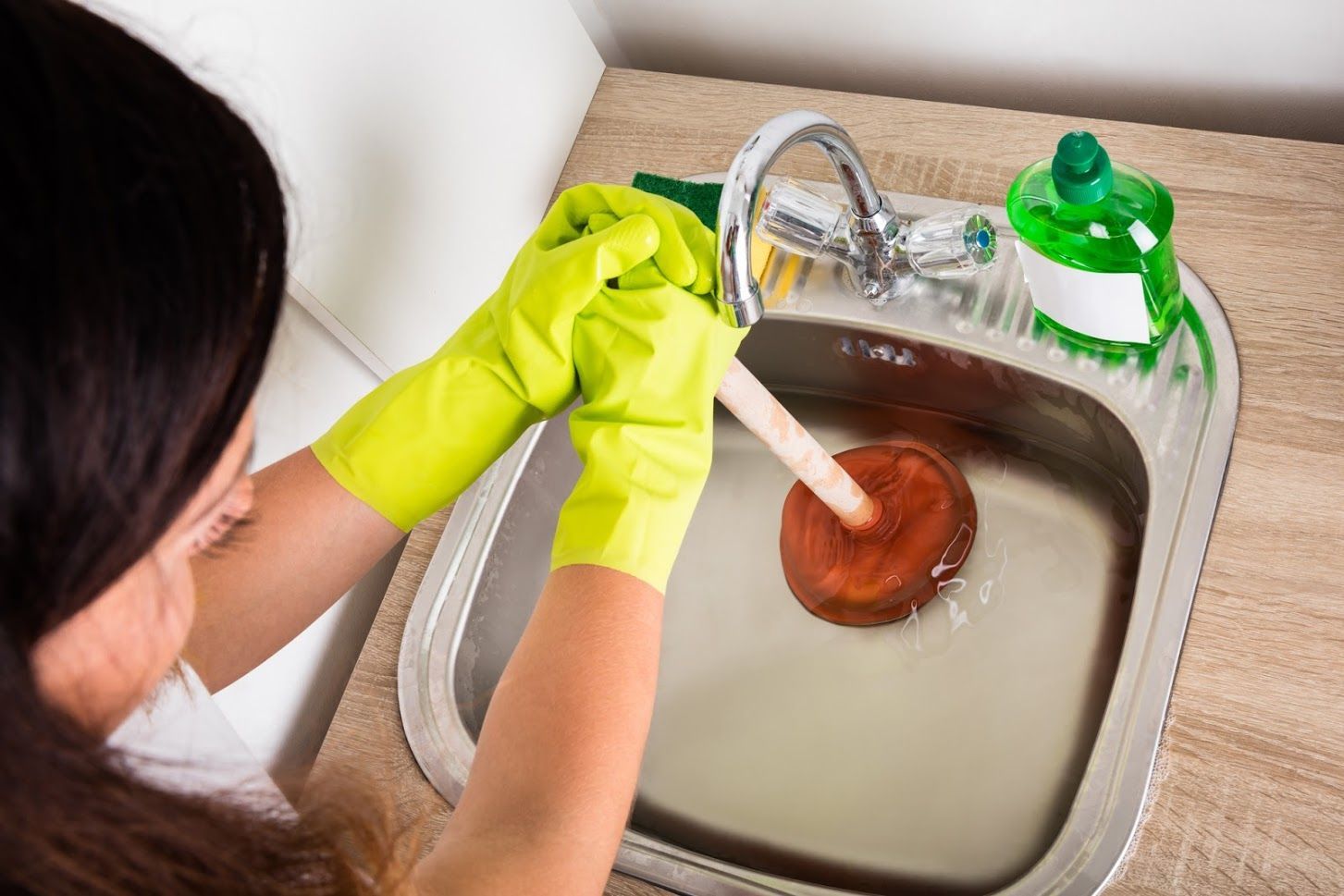
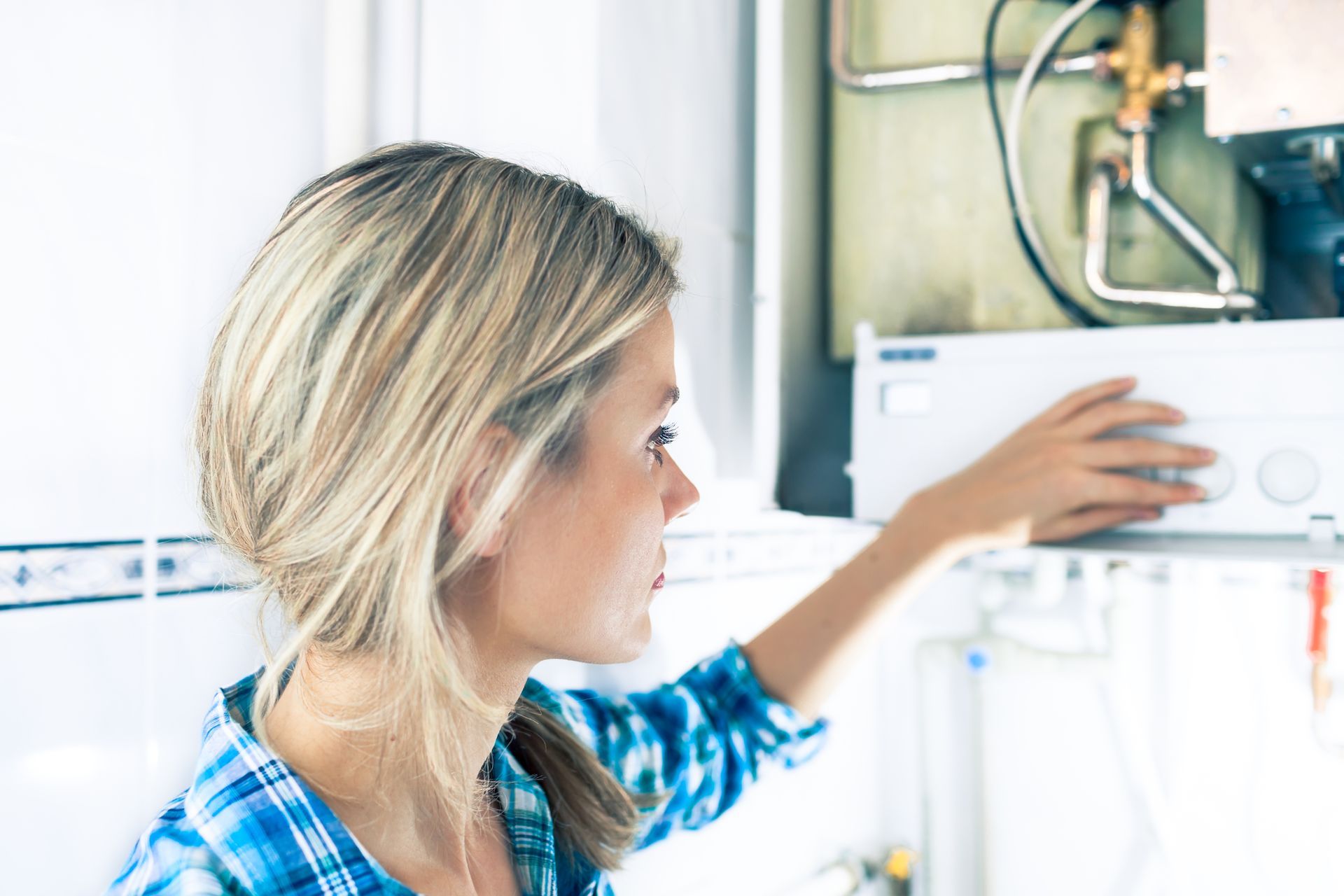

★★★★★
The total process from booking a service call, by phone, to the installation of a steel reinforced waterline hose on our refrigerator, was a pleasurable experience. A retired plumber recommended QP. Jeff had to pull out the refrigerator, remove the plastic waterline, install the new waterline, check to make sure the water dispenser was working and put the refrigerator back. Jeff was careful and mindfull of our wooden floor as the refrigerator was in a built-in cabinet. Since we live in a condo we want to eliminate all possibilities for a water leak. Jeff not only did his skillful job, he also educated us on the different water supply lines. I would recommend QP.
- Janeine G.
Button
★★★★★
Quality Plumbing did a rough-in plumbing install for a bathroom and kitchen sink in my basement. Very communicative, helped plan the space, and did a great job on the install. Will be using them again!
- Ian H.
Button
★★★★★
Called them when my water heater broke, they were over same day with a new one. Logan is great, he's fixed a couple things over the last year and is always professional and informative.
- Nick B.
Button
★★★★★
Quality plumbing is amazing 👏 when my brothers home had a problem with water pressure, they were able to schedule quickly, identify the problem and provide cost effective solutions quickly. When they did the work, they were on time on budget and cleaned up everything afterwards. Thank you for your great service Quality Plumbing! …
- Rich R.

★★★★★
Quality Plumbing is my go-to plumbing company for all my projects. I had one big project and after meeting Jeff, I’ve specifically requested him to come out for my other 2 projects. He’s incredibly punctual, efficient, and keeps the area nice and clean. Great to communicate with and provides clear answers to all my questions. Jeff is very professional and knowledgeable in his craft. Every time I call, Delaney will always pick up my phone calls and get me scheduled right away. Never had great success with plumbing companies until I started working with Quality Plumbing. They have unbeatable prices and will provide you with an honest solution to your problems. Highly recommend choosing Quality Plumbing!
- Alex D.
Button

★★★★★
The total process from booking a service call, by phone, to the installation of a steel reinforced waterline hose on our refrigerator, was a pleasurable experience. A retired plumber recommended QP. Jeff had to pull out the refrigerator, remove the plastic waterline, install the new waterline, check to make sure the water dispenser was working and put the refrigerator back. Jeff was careful and mindfull of our wooden floor as the refrigerator was in a built-in cabinet. Since we live in a condo we want to eliminate all possibilities for a water leak. Jeff not only did his skillful job, he also educated us on the different water supply lines. I would recommend QP.
- Janeine G.
Button
★★★★★
Quality Plumbing did a rough-in plumbing install for a bathroom and kitchen sink in my basement. Very communicative, helped plan the space, and did a great job on the install. Will be using them again!
- Ian H.
Button
★★★★★
Called them when my water heater broke, they were over same day with a new one. Logan is great, he's fixed a couple things over the last year and is always professional and informative.
- Nick B.
Button
★★★★★
Quality plumbing is amazing 👏 when my brothers home had a problem with water pressure, they were able to schedule quickly, identify the problem and provide cost effective solutions quickly. When they did the work, they were on time on budget and cleaned up everything afterwards. Thank you for your great service Quality Plumbing! …
- Rich R.

★★★★★
Quality Plumbing is my go-to plumbing company for all my projects. I had one big project and after meeting Jeff, I’ve specifically requested him to come out for my other 2 projects. He’s incredibly punctual, efficient, and keeps the area nice and clean. Great to communicate with and provides clear answers to all my questions. Jeff is very professional and knowledgeable in his craft. Every time I call, Delaney will always pick up my phone calls and get me scheduled right away. Never had great success with plumbing companies until I started working with Quality Plumbing. They have unbeatable prices and will provide you with an honest solution to your problems. Highly recommend choosing Quality Plumbing!
- Alex D.
Button








